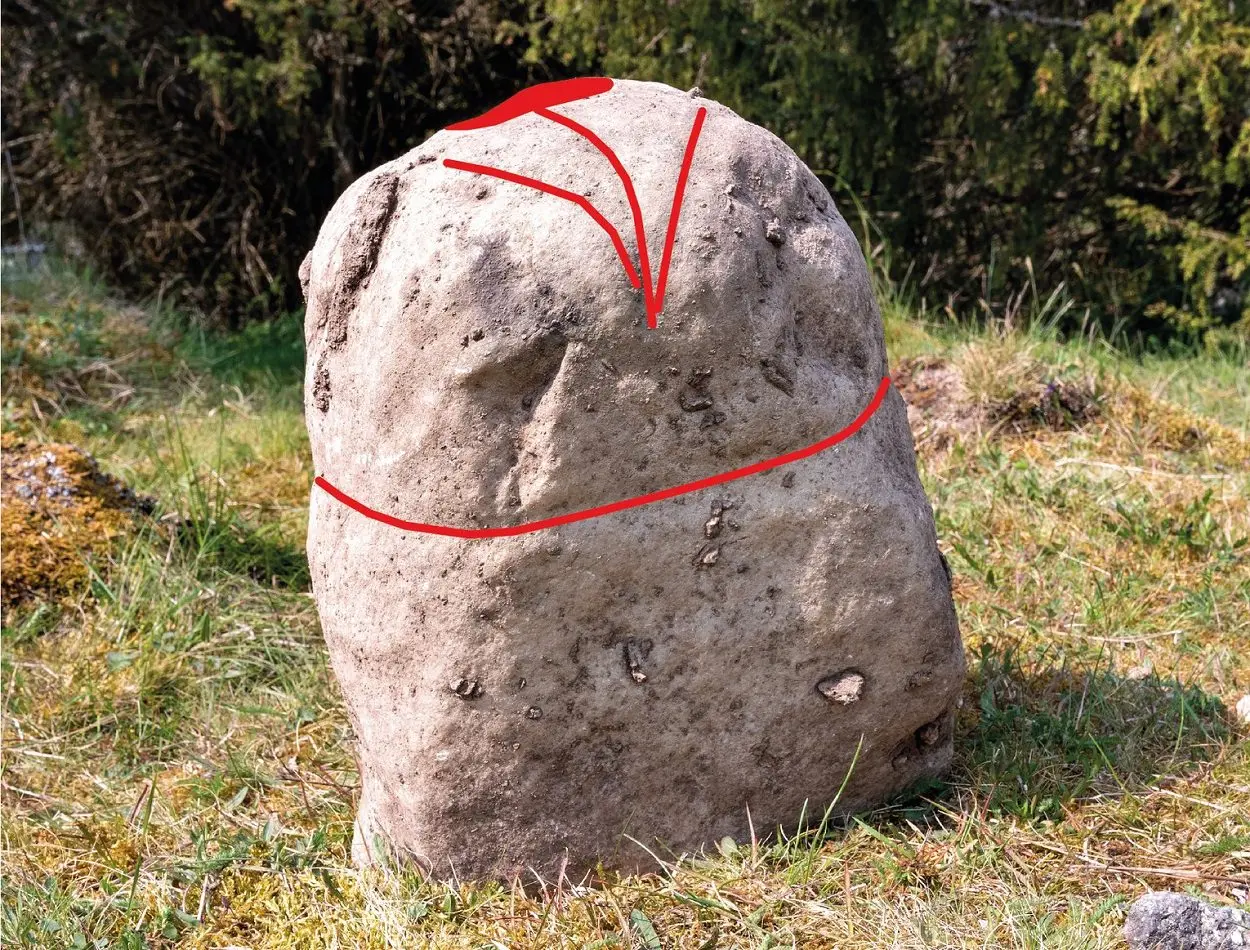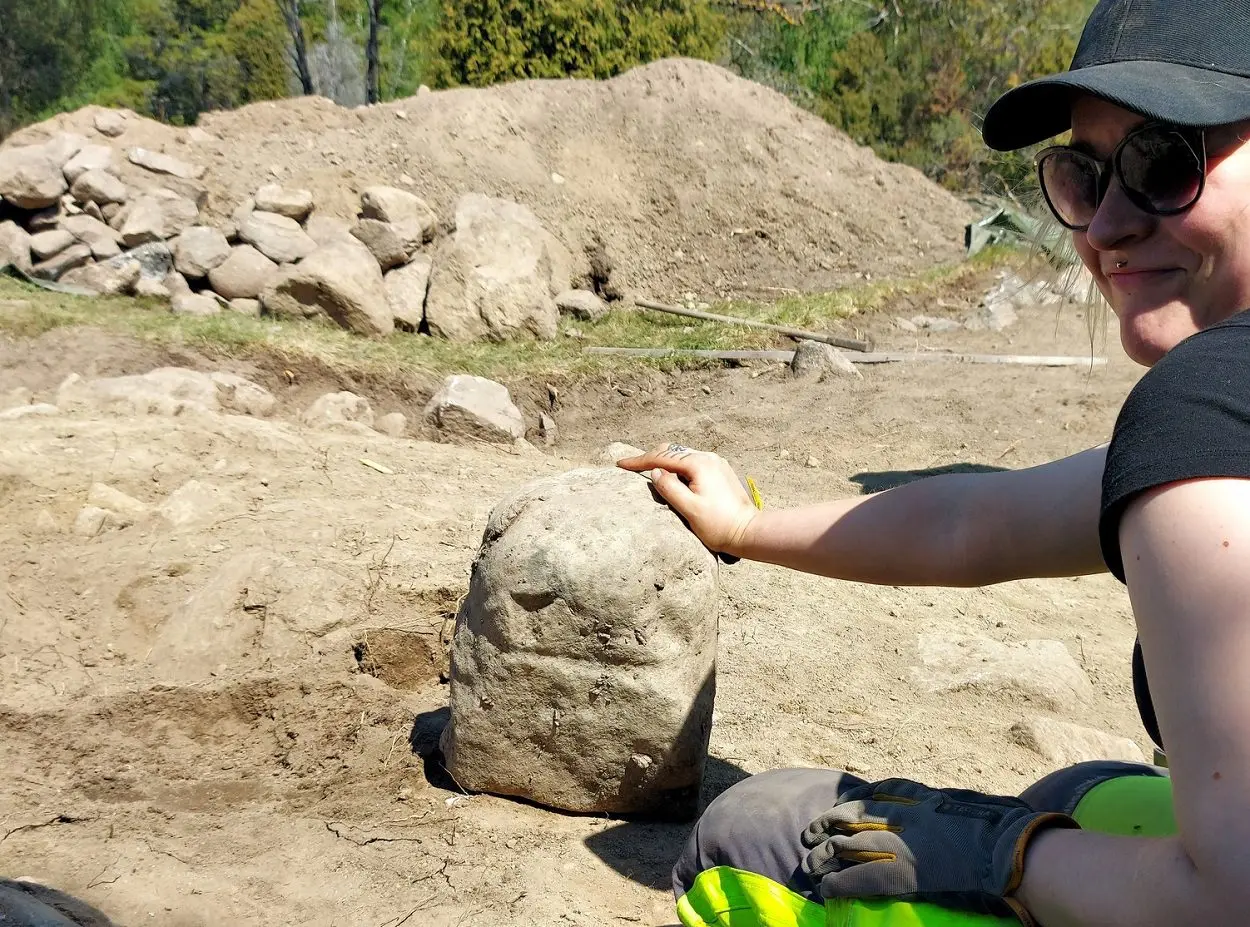Archaeologists from Uppdrag Arkeologi have uncovered a phallic stone during excavations of Viking Age burials and dwellings from the Iron Age.
The discovery was made during preliminary excavations for the construction of the Ostlänken Railway Project in Tystberga, Södermanland County, Sweden.
According to Rebecka Jonsson, an archaeologist from Uppdrag Arkeologi, many similar examples have been discovered in Norway, however, phallus symbols from the Viking Age are very unusual in Sweden.
A phallus is generally defined as an object that resembles a penis (especially when erect), often representing fertility and cultural implications that are associated with the male sexual organ as well as the male orgasm.

In Norse mythology, the god Freyr, was a phallic deity worshiped in Sweden and was associated with peace and pleasure, and was represented with a phallic statue in the Temple at Uppsala. Some researchers also consider the phallus to be a symbol of the god Heimdall, who in Norse mythology is one of the gods who will lead in the new world after the apocalyptic Ragnarøk event.
According to the researchers: “The stone was found superficially and centrally in the stone packing for a grave pile, and only a few meters next to it is an egg-shaped tombstone. Often they are interpreted with notions of fertility.”
The phallic stone measures half a metre in height and was carved from a local quarry. The underside has been carved with a flat base and leans at an angle of 60 degrees, while the top has carved lines to resemble a phallus.
In an interview with SVT, Jonsson said: “At first sight, it looks like an elongated stone standing up, but if one looks closely, one can see several elements indicating this is really a stone that has been modified to look more like a phallus.”
Header Image Credit : Uppdrag Arkeologi





